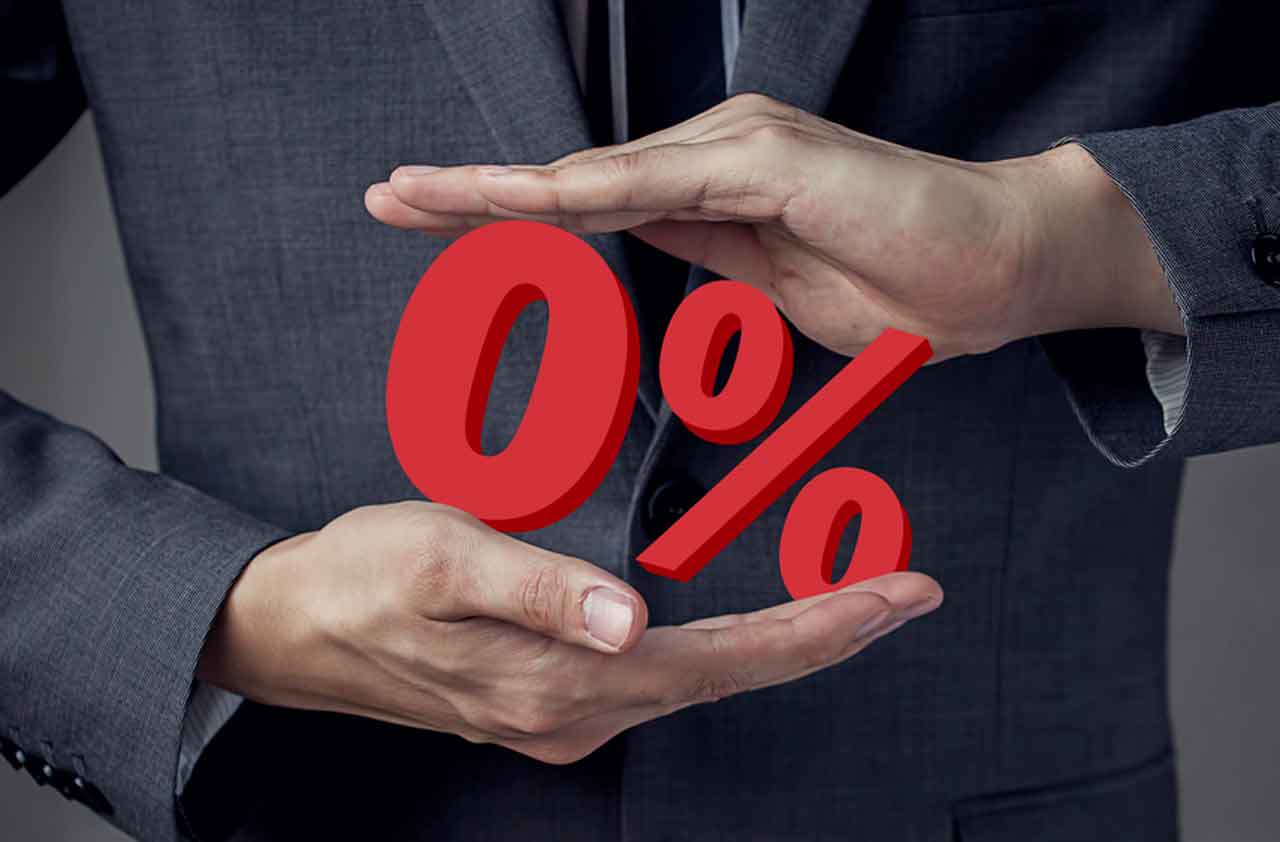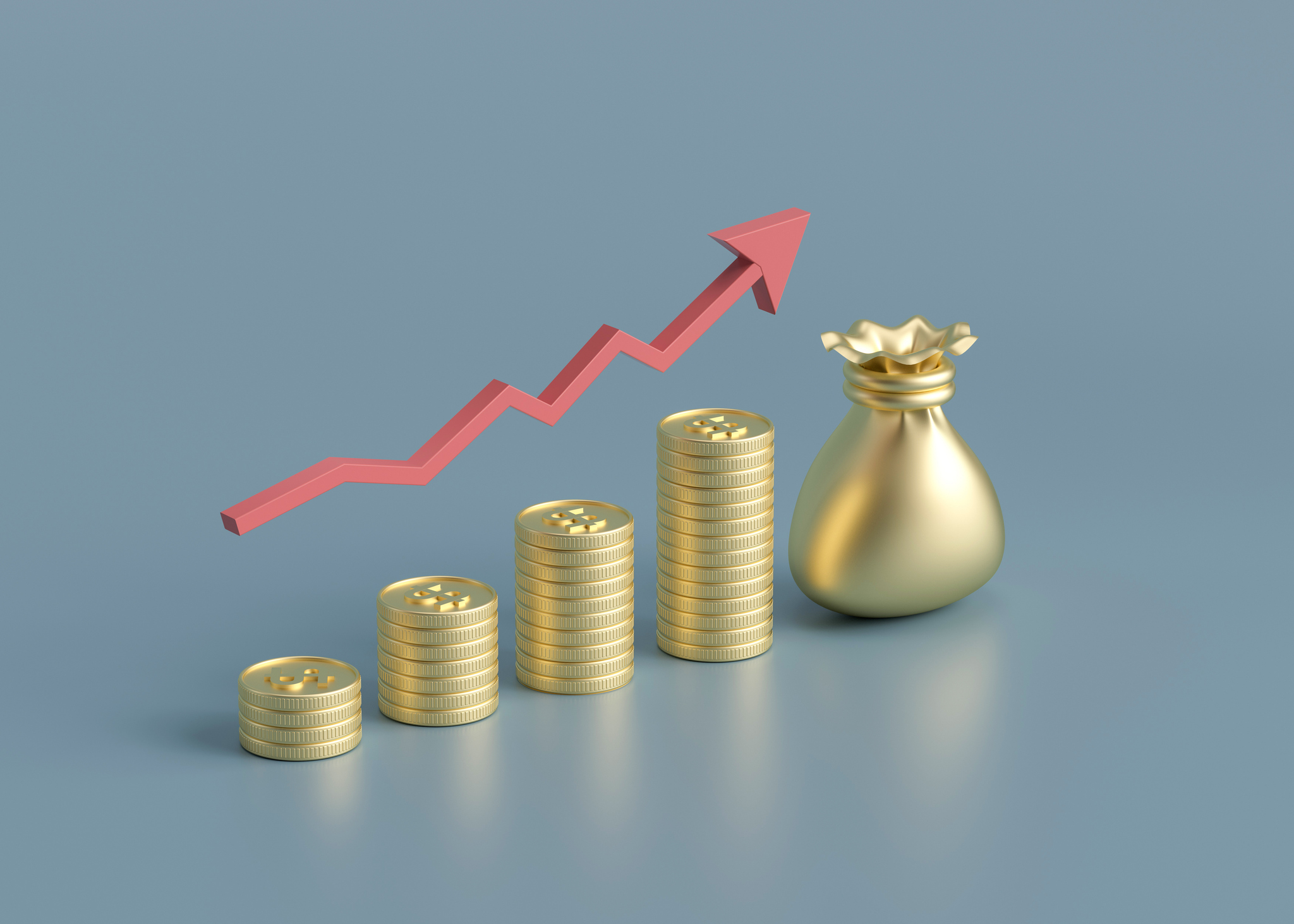Here Come the Zero-Fee ETFs
A fund that pays you to invest? That’s coming, too.


The race to the bottom for fund fees has finally hit, well, bottom. Two exchange-traded funds that launched at the beginning of April charge 0% in expense ratios—at least for the first 14 months. Another ETF, awaiting Securities and Exchange Commission review, could initially cost less than zero.
The just-launched free ETFs come from online lender SoFi. The firm will waive each of the funds’ 0.19% annual expense ratio until at least June 2020. SoFi Select 500 (symbol SFY) focuses on growing, large-company U.S. stocks; SoFi Next 500 (SFYX) homes in on shares of midsize and smaller U.S. firms. CFRA analyst Todd Rosenbluth thinks the funds will remain free for more than one year. “Either the funds will be successful and the 0% fee will be extended, or they won’t and the products will shut down,” he says.
Meanwhile, relative newcomer Salt Financial is awaiting SEC approval of a low-volatility U.S. stock ETF that would essentially pay its shareholders to invest, at least for a while. Through April 30, 2020, the adviser says it will waive its 0.29% fee and contribute the annualized equivalent of 0.05% on assets, up to $50,000 per year, to the assets of the fund. That means that for every $10,000 invested in the fund, Salt would put in another $5 to boost the value of the fund’s shares.

Sign up for Kiplinger’s Free E-Newsletters
Profit and prosper with the best of expert advice on investing, taxes, retirement, personal finance and more - straight to your e-mail.
Profit and prosper with the best of expert advice - straight to your e-mail.
Both Salt and SoFi have come late to the ETF party, so they are hungry for business as ETFs become more popular in investor portfolios. According to Charles Schwab, ETFs made up 33.5% of investors’ portfolios in 2018, up from 20.8% in 2015. “Firms are eager to participate in this growing market, and they are willing to waive fees to do so,” says Rosenbluth.
Investors should note that fees in the new ETFs are waived only temporarily. More important, fees (or the lack thereof) aren’t everything. Before investors buy in, they should examine a fund’s strategy, its underlying index and how it fits with the rest of their portfolio. Additional no-fee ETFs may come along, but they won’t become the norm, says Rosenbluth.
Our defensive picks shine. Kiplinger ETF 20 funds did their job, tracking their indexes through a choppy market over the past 12 months. Vanguard Total Stock Market, even with its 0.03% expense ratio, edged the 8.6% return of its benchmark, CRSP US Total Market index, with a 9.2% gain.
Other bright spots include two defensive U.S. stock funds, Vanguard Dividend Appreciation (symbol VIG) and Schwab US Dividend Equity (SCHD), both of which beat Standard & Poor’s 500-stock index over the past 12 months. Two of our actively managed Kip ETF 20 bond funds, Pimco Active Bond (BOND) and Pimco Enhanced Low Duration Active (LDUR), also beat their bogeys. Foreign stock funds fared poorly due to trade tensions and slower economic growth overseas.
Get Kiplinger Today newsletter — free
Profit and prosper with the best of Kiplinger's advice on investing, taxes, retirement, personal finance and much more. Delivered daily. Enter your email in the box and click Sign Me Up.

Nellie joined Kiplinger in August 2011 after a seven-year stint in Hong Kong. There, she worked for the Wall Street Journal Asia, where as lifestyle editor, she launched and edited Scene Asia, an online guide to food, wine, entertainment and the arts in Asia. Prior to that, she was an editor at Weekend Journal, the Friday lifestyle section of the Wall Street Journal Asia. Kiplinger isn't Nellie's first foray into personal finance: She has also worked at SmartMoney (rising from fact-checker to senior writer), and she was a senior editor at Money.
-
 Stock Market Today: Stocks Soar on China Trade Talk Hopes
Stock Market Today: Stocks Soar on China Trade Talk HopesTreasury Secretary Bessent said current U.S.-China trade relations are unsustainable and signaled hopes for negotiations.
By Karee Venema
-
 2026 Disney Dining Plan Returns: Free Dining for Kids & Resort Benefits
2026 Disney Dining Plan Returns: Free Dining for Kids & Resort BenefitsPlan your 2026 Walt Disney World vacation now. Learn about the returning Disney Dining Plan, how kids aged three to nine eat free, and the exclusive benefits of staying at a Disney Resort hotel.
By Carla Ayers
-
 How To Find Great Dividend Stocks
How To Find Great Dividend StocksDividend-paying stocks have lagged lately but are due for a comeback. Here's what to look for in great dividend stocks.
By Kim Clark
-
 Smart Ways to Invest Your Money This Year
Smart Ways to Invest Your Money This YearFollowing a red-hot run for the equities market, folks are looking for smart ways to invest this year. Stocks, bonds and CDs all have something to offer in 2024.
By Jeff Reeves
-
 Vanguard's New International Fund Targets Dividend Growth
Vanguard's New International Fund Targets Dividend GrowthInvestors may be skittish about buying international stocks, but this new Vanguard fund that targets stable dividend growers could ease their minds.
By Nellie S. Huang
-
 Best 401(k) Investments: Where to Invest
Best 401(k) Investments: Where to InvestKnowing where to find the best 401(k) investments to put your money can be difficult. Here, we rank 10 of the largest retirement funds.
By Nellie S. Huang
-
 7 Best Stocks to Gift Your Grandchildren
7 Best Stocks to Gift Your GrandchildrenThe best stocks to give your grandchildren have certain qualities in common.
By Dan Burrows
-
 SEC Cracks Down on Misleading Fund Names: The Kiplinger Letter
SEC Cracks Down on Misleading Fund Names: The Kiplinger LetterThe Kiplinger Letter The SEC rules aim to crack down on so-called “greenwashing” — misleading or deceptive claims by funds that use ESG factors.
By Rodrigo Sermeño
-
 How to Find the Best 401(k) Investments
How to Find the Best 401(k) InvestmentsMany folks are likely wondering how to find the best 401(k) investments after signing up for their company's retirement plan. Here's where to get started.
By Deborah Yao
-
 How to Master Index Investing
How to Master Index InvestingIndex investing allows market participants the ability to build their ideal portfolios using baskets of stocks and bonds. Here's how it works.
By Nellie S. Huang